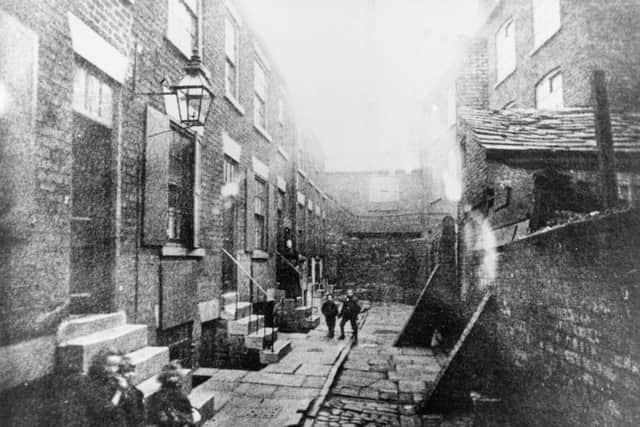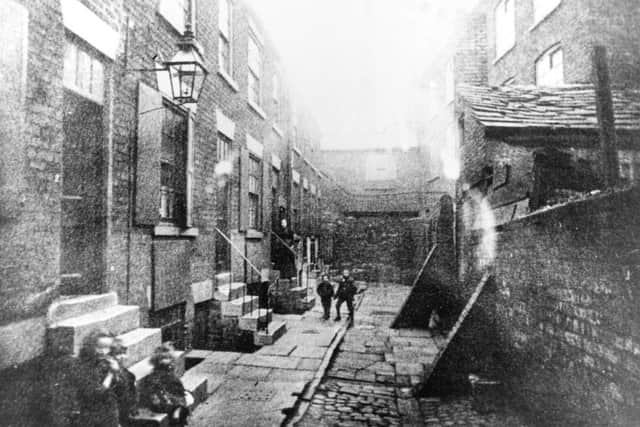Leeds nostalgia: 150 years of health in Leeds


From the Victorian and Edwardian eras, through two world wars, the creation of the National Health Service and up to the present day – each Medical Officer of Health or Director of Public Health has had to deal with the public health challenges of their own time.
The present office holder, Dr Ian Cameron, recently gave a talk about the anniversary.
Advertisement
Hide AdAdvertisement
Hide AdHe said: “We start by asking what Public Health is. The definition used in Leeds and much more widely is this.”


According to Sir Donald Acheson, Chief Medical Officer, 1988: “Public Health is the science and art of preventing disease, prolonging life and promoting health through the organised efforts of society.”
Dr Cameron said: “The key words are ‘prolonging life… through the organised efforts of society’. It wasn’t always like this.
“In the early days of Queen Victoria reign, from 1834, politicians’ priorities were based on a doctrine of laissez faire, aimed at defending the kingdom, administer the law and keep taxes as low as possible. This certainly wasn’t about protecting the health of the population.”
Advertisement
Hide AdAdvertisement
Hide AdHowever, things started to change in the 1840s and 1850s. It was helped when, in 1858, a hot summer turned the open sewer of the River Thames into the “Great Stink”. This so worried politicians that health became a national priority.


Dr Cameron went on: “Leeds in the 1860’s was a thriving and dynamic town. It had an expanding industrial landscape of mills, factories, foundries and dye works – with appalling work place experiences and squalid living conditions – and smoke, smoke and more smoke.
“Following his damning indictment of the situation in Leeds, Dr M K Robinson was appointed as the first Medical Officer of Health for Leeds in 1866. Liverpool, in contrast, had appointed the world’s first Medical Officer of Health in 1847.
The success of the medical officers in Leeds can be measured in many ways but perhaps one of the most obvious would be in child mortality rates, which counts the proportion of children dying before they reach their first birthday, which stood at 218 per 1,000 in 1870. That made up around 30 per cent of the deaths in Leeds at the time.
Advertisement
Hide AdAdvertisement
Hide AdIn 1890, that had fallen significantly to 172/1,000 but was still high. By 1914, it was 124 per 1000. It went up in 1919 to 135/1,000 (the only year it has done so).


By 1947, it was down to 51/1,000. By 1974, that had reduced to 23/1,000. It now stands at 4/1,000.
Attitudes towards health have changed massively over the last century and a half. In 1877, for example, there were 189 slaughter houses in Leeds, each emptying their waste into the local waterways.
Additionally, the clothes of the dead were typically sold onto the living, a practise which only helped spread disease.
Advertisement
Hide AdAdvertisement
Hide AdIt is also worth remembering that at this time, the idea of ‘germs’ was still just a theory - the discovery of the anthrax bacterium in 1870 helped bring about change.


Health officers were key in that they identified areas of concern, like squalid housing, the training of midwives, preventing animal carcasses from entering the River Aire, sanitation and so on. To read the full story, click on the link: tinyurl.com/gwcz2pz